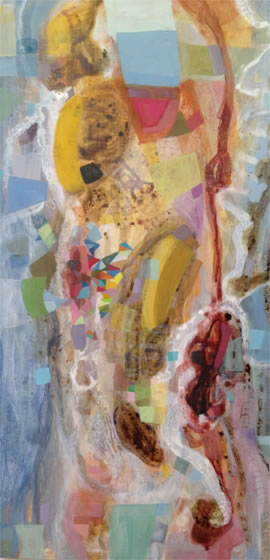My compositional voice owes a great debt to music that I love from the European classical tradition: Debussy, Britten, Verdi, and Brahms, in particular. I have also learned from American masters such as Amy Beach, Leonard Bernstein, Thelonius Monk, and my own teacher, George Crumb. In a world increasingly dominated by technologies that divide, I am most excited by music that brings people together: acoustic music shared by performers and audience who occupy the same physical space. I am old-fashioned enough to believe that every composition ought to have a compelling internal story — with a climactic point at its center — that carries an audience through a range of emotions.
Having studied and taught traditional Indonesian music for over thirty years, I am often asked how Gamelan influences my music. Certainly, my style has absorbed Balinese textures, rhythms, and melodic turns of phrase. Less overt, perhaps, are the cultural lessons. In Bali, Gamelan is at its core an expression of community. Friends and neighbors with diverse interests join together to play; few would describe themselves primarily as musicians. I have drawn inspiration from this community-based approach and emulate it in all of my music making. Before beginning a new composition, I seek to learn about, and listen to, the community for which it is intended. I aspire to create music befitting its circumstances: music that is well designed for its performers and accessible — yet engaging — for its audience.
Equally important: most Balinese artists maintain a fierce faith in the continued power of traditional forms and practices. Even before studying in Indonesia, I had been skeptical of the modernist ethos I encountered in 1970’s New York City, which insisted that new art necessitates a complete break with the old. In Bali, I found vital role models: mentors for whom imaginative new work embraces ancient practices. Thus, my collaborative work with Indonesian artists has given me the confidence to lean heavily on my own roots in the European classical tradition. The music of the past is not an impediment to creativity; it is a spur. Engaging with it gives us strength amidst the modern world’s chaos. It can, perhaps, help us to heal our wounds.

